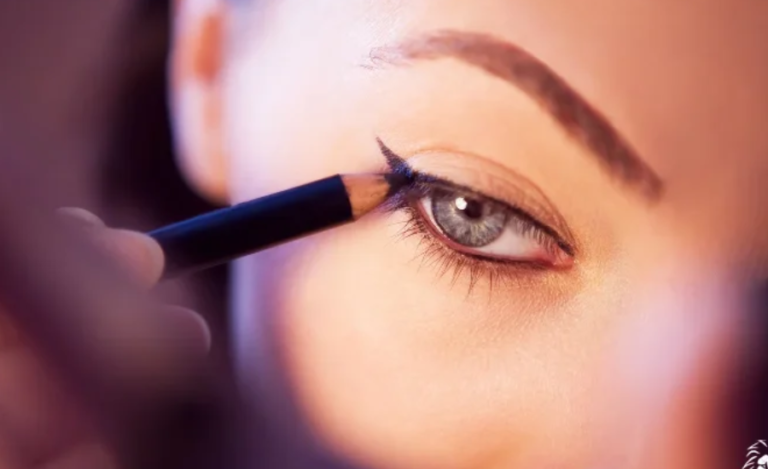RGB stands for Red, Green, and Blue, which are the three primary colors of light that combine to create a broad spectrum of colors. This concept is fundamental in digital imaging, display technology, and the color models used in various fields, such as photography, video production, design, and technology. Understanding RGB is crucial for anyone working with visual media, and this guide aims to explain RGB in depth, including its importance, how it works, and its applications in modern technology.
Introduction to RGB
The RGB color model is based on the concept of additive color mixing, where colors are created by combining varying intensities of red, green, and blue light. This differs from the subtractive color model, which is used in printing and relies on colors like cyan, magenta, and yellow. In the RGB model, the more light you add, the lighter and brighter the resulting color becomes.
RGB is primarily used for digital displays, including TVs, computer monitors, smartphones, and other electronic devices. These devices use a combination of red, green, and blue light in different proportions to produce a wide array of colors that we can see on the screen.
History of RGB
The use of RGB as a color model can be traced back to the work of Thomas Young and Hermann von Helmholtz in the 19th century. Their research on the perception of color led to the understanding that human vision can be explained in terms of three color receptors sensitive to red, green, and blue light. This concept laid the foundation for the development of the RGB color model.
The RGB color model itself was formalized for use in electronic displays during the 20th century as television and computer monitor technology began to evolve. Early color TVs used the RGB model to reproduce colors on the screen by combining three electron guns firing red, green, and blue phosphors.
How RGB Works: The Additive Color Model
The RGB color model works on the principle of additive color mixing, which is different from subtractive color mixing (used in printing). In additive mixing, colors are created by adding different amounts of red, green, and blue light. The more light you add, the closer the resulting color will be to white.
The RGB Color Wheel
The RGB color wheel is a visual representation of the primary colors (red, green, and blue) and how they combine to form secondary colors. When red, green, and blue light are mixed at full intensity, they produce white. The primary colors in the RGB model are:
- Red (R): Represented as a pure red light.
- Green (G): Represented as a pure green light.
- Blue (B): Represented as a pure blue light.
By varying the intensity of these three colors, it is possible to create a wide range of colors:
- Red + Green creates Yellow.
- Green + Blue creates Cyan.
- Blue + Red creates Magenta.
When all three colors are combined at full intensity, they create White. When none of the colors are emitted, the result is Black.
RGB in Digital Screens
Most digital displays use tiny elements, such as pixels, which are made up of smaller units called subpixels. Each subpixel typically emits one of the three primary colors: red, green, or blue. By controlling the brightness of each subpixel, the display can combine these primary colors to produce any color in the spectrum.
For instance, a pixel might contain three subpixels:
- A red subpixel that emits light in varying intensities.
- A green subpixel that does the same for green light.
- A blue subpixel with a similar effect for blue light.
When these three subpixels light up in varying intensities, the combination of colors creates a single color at the pixel level. The process is repeated across millions of pixels on modern displays to form images.
Color Depth and RGB Values
The color depth of a display refers to the number of bits used to represent the color of a single pixel. In most modern displays, a 24-bit color depth is standard, meaning that each of the three colors (red, green, and blue) is represented by 8 bits, allowing for 256 levels of intensity for each color. This results in:
- 256 levels of red (0-255)
- 256 levels of green (0-255)
- 256 levels of blue (0-255)
Thus, the total number of possible colors is calculated as:
256×256×256=16,777,216 colors256 \times 256 \times 256 = 16,777,216 \text{ colors}
This is often referred to as True Color, where a color can be represented by a specific combination of red, green, and blue values.
Applications of RGB
The RGB color model has a wide range of applications across different industries, especially in the realm of technology and digital media.
1. Display Technology
RGB is the backbone of modern display technology. TVs, computer monitors, and smartphones rely on RGB pixels to display colors. High-definition displays, including LED, OLED, and LCD screens, use the RGB color model to produce vibrant images. Whether you’re watching a movie, playing a video game, or browsing the web, the colors on your screen are being created by a combination of red, green, and blue light.
2. Photography and Image Editing
RGB is also essential in digital photography and image editing. Cameras capture images through a sensor that detects red, green, and blue light. Photo editing software like Adobe Photoshop allows users to adjust the RGB channels individually to manipulate the color balance and achieve the desired effect. For example, adjusting the red channel might warm up an image, while adjusting the blue channel can cool it down.
3. Web Design and Graphic Design
In web design, RGB is used to define the colors of elements on a website. Colors are often represented using hexadecimal (hex) codes, which correspond to RGB values. For instance, the hex code #FF5733 represents an RGB value of (255, 87, 51), which is a shade of orange.
Graphic designers also use RGB in software such as Illustrator and CorelDRAW to create digital artwork. Since most designs are created for screens, RGB is the natural choice for representing color in these applications.
4. LED Lighting
RGB lighting has become extremely popular in recent years, especially in gaming and decorative lighting. RGB LEDs allow for the creation of customizable lighting effects, such as color-changing ambient lights in a room or illuminated keyboards. By adjusting the intensity of red, green, and blue LEDs, users can produce millions of different color combinations.
5. Television and Film Production
RGB is crucial in the creation of visual content for television and film production. The colors that viewers see on their screens are composed of varying amounts of red, green, and blue light. Advanced color grading techniques use RGB to adjust the tone and mood of a film or TV show. For example, adjusting the RGB channels can create a cooler or warmer tone in a scene.
6. Medical Imaging
In medical imaging, RGB can be used to enhance images and improve diagnostics. For example, when viewing medical scans like MRI or CT scans, adjusting the RGB channels can highlight certain areas of the scan for better clarity. Medical imaging equipment often uses RGB or variations of it to improve the contrast and detail of medical images.
RGB vs. Other Color Models
While RGB is widely used in digital displays, it’s not the only color model in existence. Other models, such as CMYK, HSV, and HSL, are used in various applications.
1. RGB vs. CMYK
While RGB is used for digital displays and light sources, CMYK (Cyan, Magenta, Yellow, Key) is the standard color model for printing. CMYK is a subtractive color model, meaning that it works by subtracting colors from white light, whereas RGB is additive. As such, RGB and CMYK have different applications: RGB is ideal for screens, while CMYK is used in print.
2. RGB vs. HSV/HSL
HSV (Hue, Saturation, Value) and HSL (Hue, Saturation, Lightness) are alternative color models used in design and image editing software. These models represent colors in a way that aligns more closely with human perception of color. In comparison to RGB, HSV and HSL allow for easier manipulation of colors based on their hue (the type of color), saturation (the intensity of color), and value/lightness (the brightness or darkness).
Conclusion
The RGB color model is a foundational concept in digital technology and visual media. By combining red, green, and blue light at varying intensities, RGB creates the colors we see on digital displays, in images, and in many forms of multimedia. Whether you’re working with digital art, web design, or photography, understanding RGB is essential for manipulating colors and achieving the desired results. Its applications are wide-ranging, from televisions to medical imaging, making RGB an indispensable part of modern technology.




